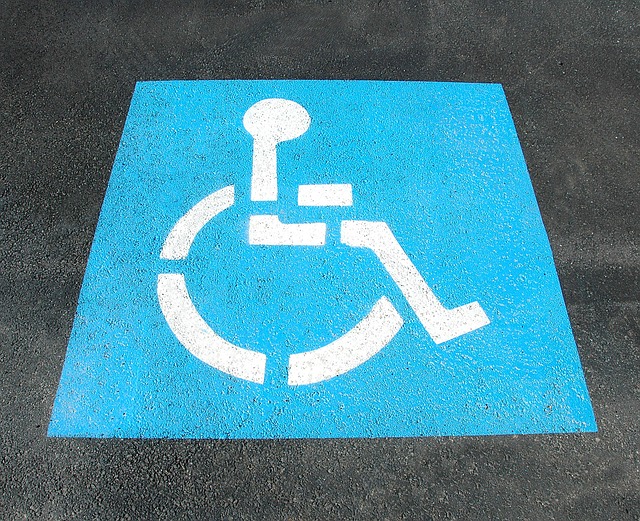Question: Dr. Alchemy, Based on limited range of motion for the neck in the PR-4 exam, can the injured worker return to usual and customary work duties? (This worker was provided an impairment rating WPI value, but no work limitations were clinically indicated). Sincerely, DS
Answer: Dear DS, Impairment and disability are two independent concepts. Impairment value is a loss of an organ system or function to which a number value is assigned, whereas, “disability” is an ability to meet social or occupational demands. An individual may have impairment but no disability, or the reverse may be true.
A great example here is a knee injury with a meniscus tear. If I choose to not have surgery, but have range of motion above the ratable guidelines, I have a non-ratable knee, BUT I may not be able to stand, squat or lift to the requirements of the job. So, no impairment, but disability (eg. work limitation).
Same knee example as above, but I have surgery this time and a partial meniscus debridement is performed. My knee is perfect post operatively and no pain. I return work no problems. My impairment, however, is 1% WPI based on DBE table rating in Chapter 17, Lower Extremity Table 17-33 etc.
Summary, when an impairment value is incorporated into the California Permanent Disability Rating (PDR) calculation, true “disability” may or may not be present.

